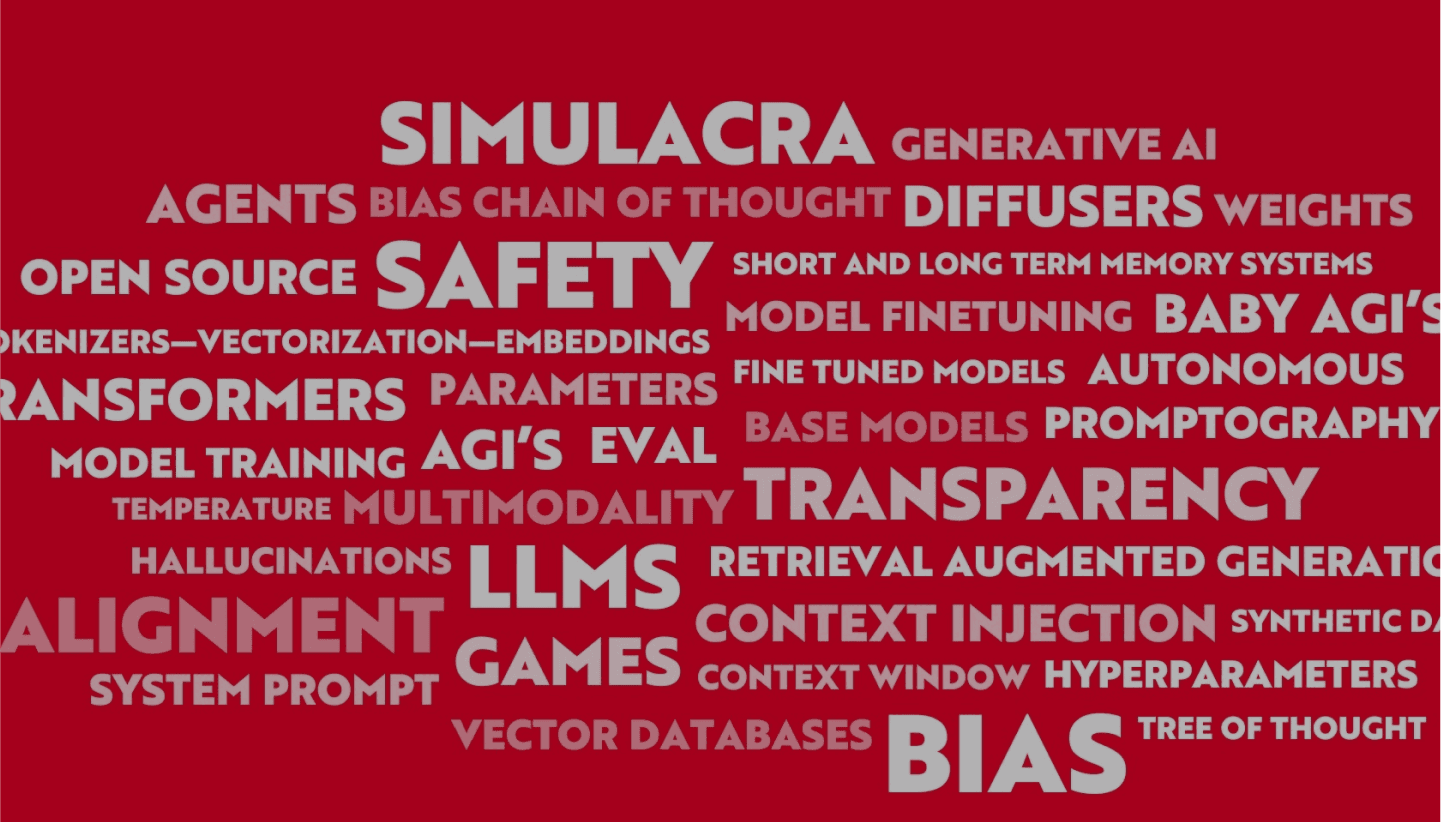
Dropout
What is Dropout?
Dropout is a regularization technique used in neural networks to prevent overfitting. It works by randomly removing units during training, ensuring that no units are codependent with each other. Dropout is also known as DropConnect. It improves processing and time to results by intentionally removing data, or noise, from a neural network.
How does Dropout prevent overfitting in neural networks?
Dropout prevents overfitting in neural networks by randomly dropping out outputs of the previous layer, creating a network with only a subset of the original neurons. This prevents the model from relying too much on specific features or co-adaptations, encouraging it to learn more robust and generalizable representations.
By forcing the network to learn redundant representations of the input data, Dropout makes the network less sensitive to the specific weights of individual neurons, thus reducing overfitting.
What are the alternatives to Dropout for preventing neural network overfitting?
Alternatives to Dropout for preventing neural network overfitting include techniques such as L1 and L2 regularization, early stopping, data augmentation, and batch normalization. L1 and L2 regularization add penalty terms to the loss function to prevent the model from becoming too complex. Early stopping stops training when the model performance on a validation set starts to degrade. Data augmentation involves creating new training examples by applying random transformations to existing data. Batch normalization normalizes the inputs of each layer to reduce internal covariate shift and improve training stability.

